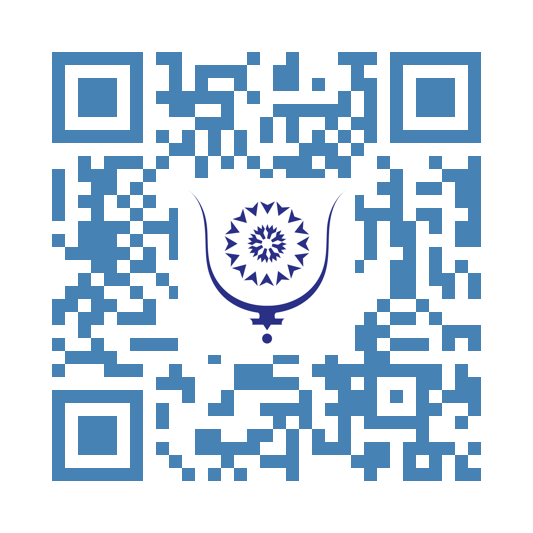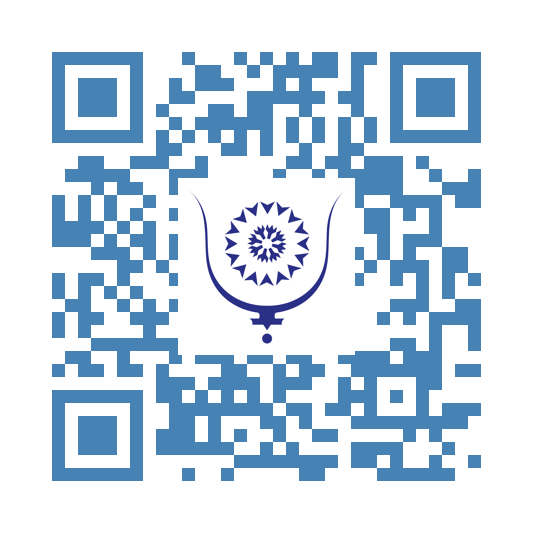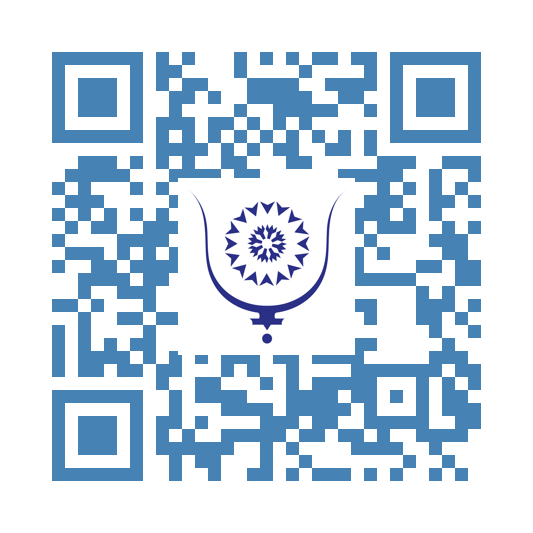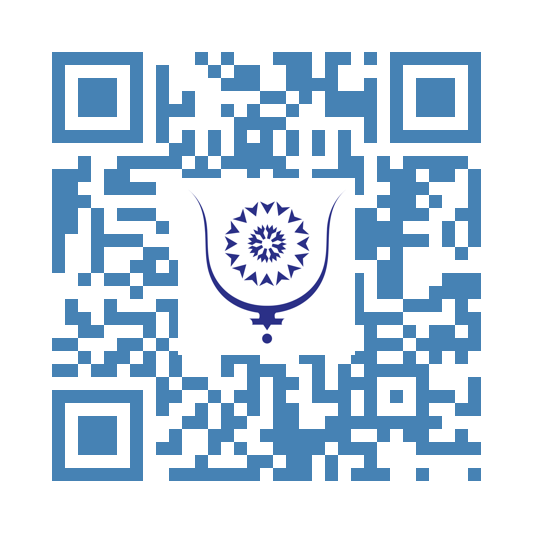13: The Arbatel 10124
The "Arbatel of Magic", a 16th-century grimoire, is a unique and influential text within Western esoteric tradition. Unlike many grimoires of its time, which focus heavily on demonology or the coercion of spirits, the Arbatel emphasizes a more harmonious and spiritual approach to magick. Central to its teachings are the Olympic spirits, celestial intelligences associated with planetary spheres. These spirits serve as intermediaries between humanity and the divine, guiding practitioners toward wisdom, balance, and the manifestation of their intentions.
The Arbatel is structured as a collection of aphorisms and practical instructions, promoting a form of magick rooted in piety, virtue, and alignment with divine will. It encourages the practitioner to cultivate purity, self-discipline, and humility, aiming to align their will with the divine order of the cosmos. The text highlights the importance of seeking wisdom and the betterment of oneself and others, rather than pursuing materialistic or selfish goals. This approach distinguishes it from many contemporaneous grimoires, which often focus on summoning and commanding spirits for personal gain.
The Olympic spirits, described in the Arbatel, are powerful intelligences governing the planetary spheres: Aratron (Saturn), Bethor (Jupiter), Phaleg (Mars), Och (Sun), Hagith (Venus), Ophiel (Mercury), and Phul (Moon). Each spirit embodies the qualities and energies of its associated planet and has specific functions and attributes. For example, Bethor, linked to Jupiter, is associated with abundance, growth, and authority, while Och, of the Sun, governs health, success, and illumination. These spirits are not malevolent or coercive; rather, they are seen as willing collaborators with those who approach them with reverence and sincerity.
The Arbatel provides methods for invoking these spirits, emphasizing the need for moral and spiritual purity. Rituals involve prayers, meditations, and the use of planetary correspondences to attune oneself to the spirit’s energy. The practitioner must align their intent with the qualities of the planet and the spirit, seeking harmony rather than domination. The Olympic spirits, in turn, assist in achieving wisdom, understanding, and the fulfillment of divine purposes.
This grimoire also integrates concepts from Christian mysticism, Hermeticism, and Neoplatonism, presenting magick as a sacred art deeply intertwined with spiritual growth and divine will. It encourages practitioners to see the universe as a reflection of divine order, with the Olympic spirits serving as stewards of this cosmic harmony. Rather than focusing on control or manipulation, the Arbatel fosters a relationship of respect and collaboration with these intelligences.
The Arbatel and its teachings on the Olympic spirits have influenced several magickal traditions that came later, including Renaissance magick and modern esotericism. Its emphasis on virtue, balance, and spiritual alignment continues to resonate with those who view magick as a path to divine wisdom and self-transcendence. The Olympic spirits, as archetypal forces of the planets, offer practitioners a framework for working with celestial energies in a way that promotes harmony, insight, and spiritual evolution.








